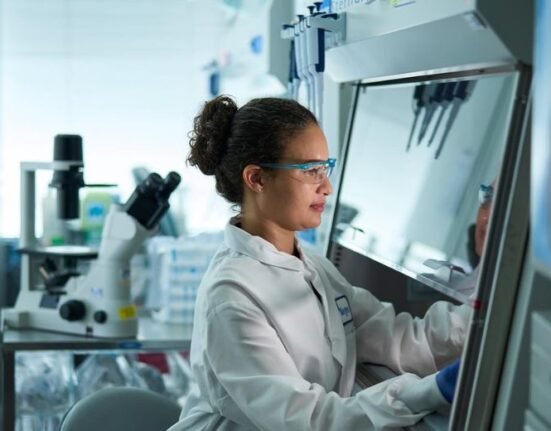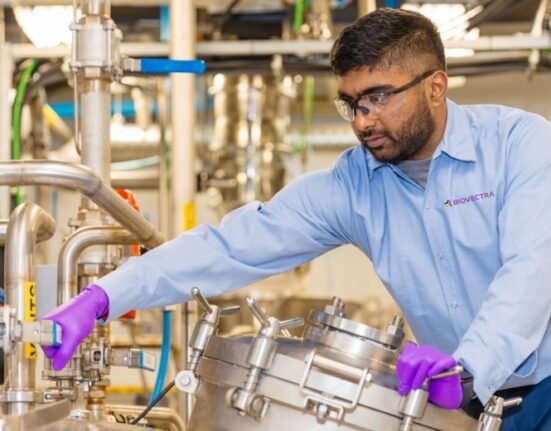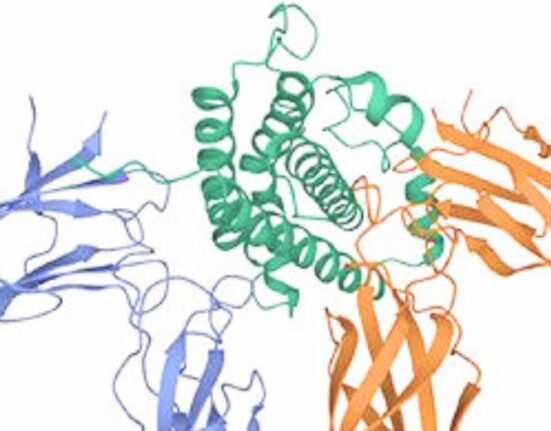HQ Team
April 9, 2023: Suicides in Indiana, US, happens largely during the week of a full moon, between three and four in the afternoon, and peak in September, psychiatrists found.
People above 55 years of age were most susceptible in the period, according to research data gleaned from Marion County coroner’s office in Indiana, a state in the midwestern United States.
“We wanted to analyze the hypothesis that suicides increase during the period around full moons and determine if high-risk patients should be followed more closely during those times,” said Alexander Niculescu, MD, PhD, who led a team of psychiatrists.
The team looked at data about suicides from 2012-2016 to arrive at their empirical evidence. They published their findings in Discover Mental Health. There were 210 completed suicides over 626 days within the week of the full moon and 566 suicides over 2006 days outside the week of the full moon.
“From a clinical perspective and a public health perspective, we found some important take-home messages in this study,” Niculescu said. “High-risk patients should possibly be followed more closely the week of the full moon, during late afternoons, and perhaps in the month of September.”
Blood biomarkers
Niculescu and his team had previously developed blood biomarker tests for other mental health conditions such as anxiety, depression, post-traumatic stress disorder, and pain.
The blood biomarkers, a biological molecule include HDL (good) cholesterol, LDL (bad) cholesterol, triglycerides, HbA1c, serum ferritin, and vitamin D, among others, and provide important insights about your metabolic, cardiac, health, and nutrition status.
The coroner previously took the biomarkers from blood samples from some of the people, and the team could see which biomarkers were present.
“We tested a list of top blood biomarkers for suicidality that we identified in previous studies,” Niculescu said.
“The biomarkers for suicidality that are predictive of death by suicide during a full moon, peak hour of the day, and peak month of the year compared to outside of those periods appear to be genes that regulate the body’s own internal clock, so-called ‘circadian clock’. Using the biomarkers, we also found people with alcohol-use disorder or depression may be at higher risk during these periods.”
Full moon light
The increased light from the full moon could be what led to the increase in suicides during that period, Niculescu said.
Ambient light plays a major role in the body’s circadian rhythm, the natural 24-hour cycle our bodies follow to regulate when we are asleep and when we are awake. Moonlight could be impacting people at a time when it should be darker.
“The effect of ambient light and body clocks in suicide needs to be studied more closely, along with how people sleep and their exposure to light,” Niculescu said. “Changes in light can affect vulnerable people, in conjunction with other risk factors.”
As for the other two peak periods for suicides, Niculescu said the peak of suicides from three to four p.m. could be related to stressors throughout the day as well as a decrease in the light beginning to occur that day, causing a lower expression of circadian clock genes and cortisol.
Many people have end-of-summer vacations in September, which could cause stress and seasonal affective disorder effects, as daylight decreases during that time of year.
Under 30 years
Psycho-socially, the peaks in November for those under 30 may be due to US holidays without or with relatives affecting the age group.
“Our work shows the full moon, fall season, and late afternoon are temporal windows of increased risk for suicide, particularly in individuals who suffer from depression or alcohol use disorders,” Niculescu, a professor of psychiatry at Indiana University, said.
In the future, Niculescu hopes to study if exposure to screens at night contributes to increased suicidality in people, especially younger people. “Some people have a full moon in their hand every night,” Niculescu said. “It’s an area we absolutely need to study further.”








